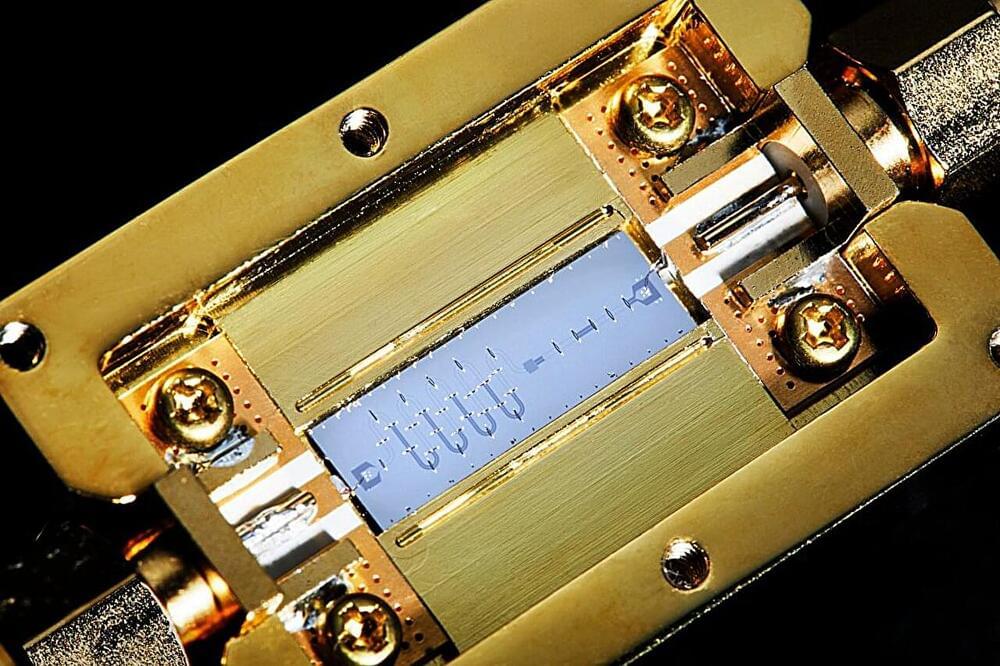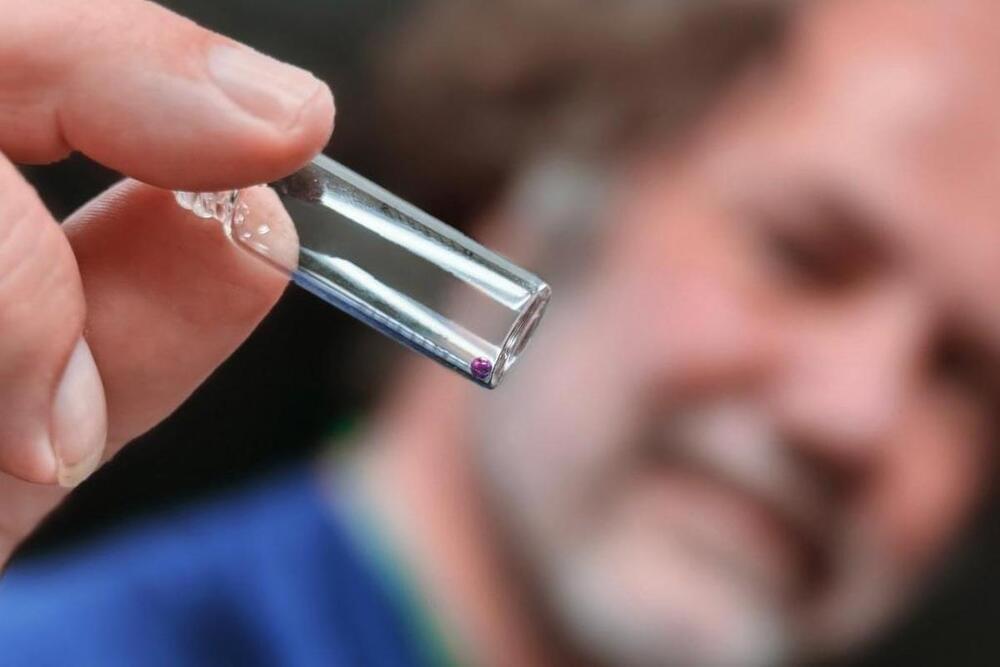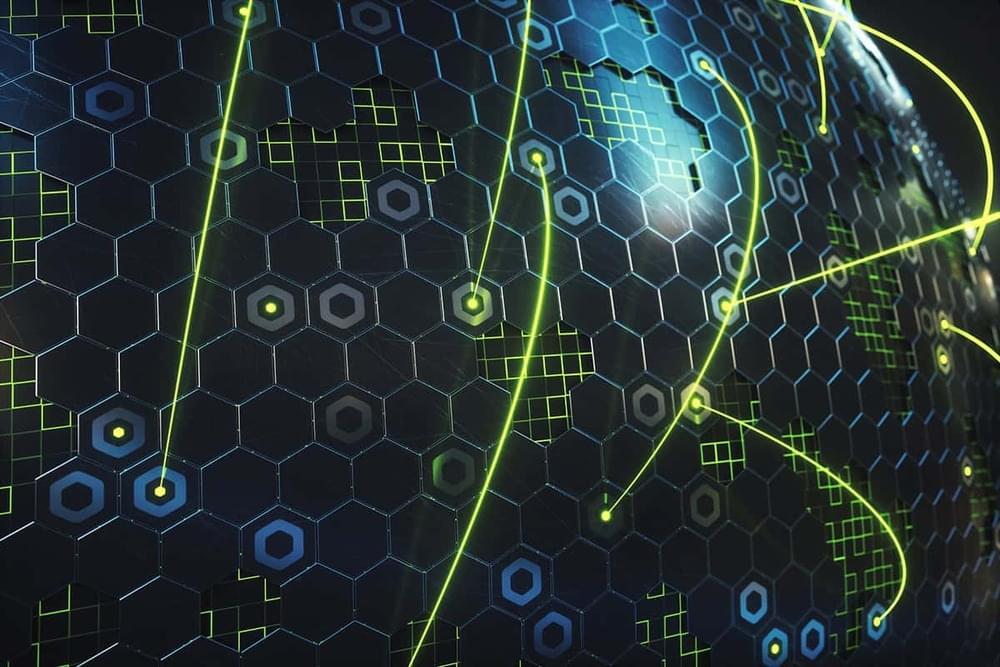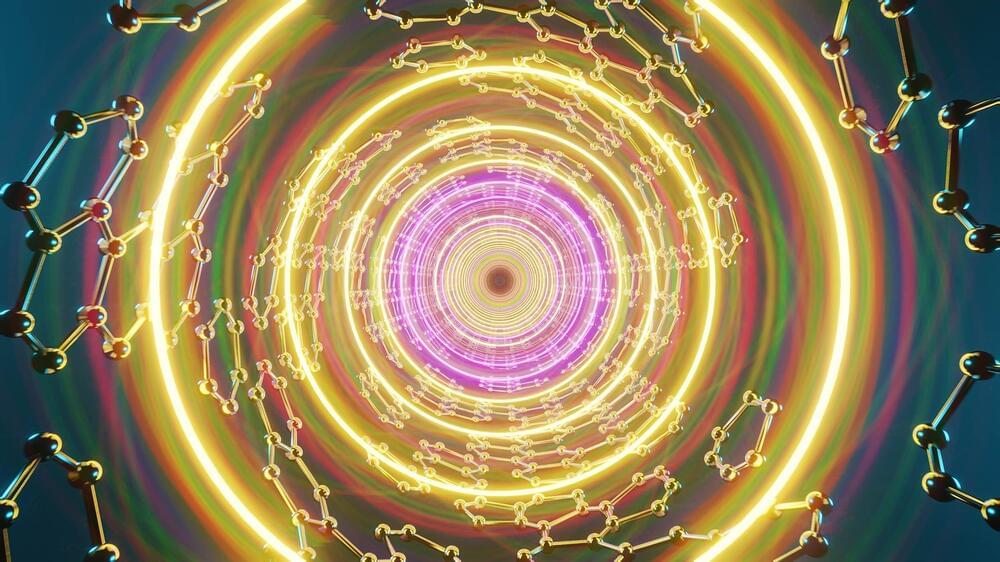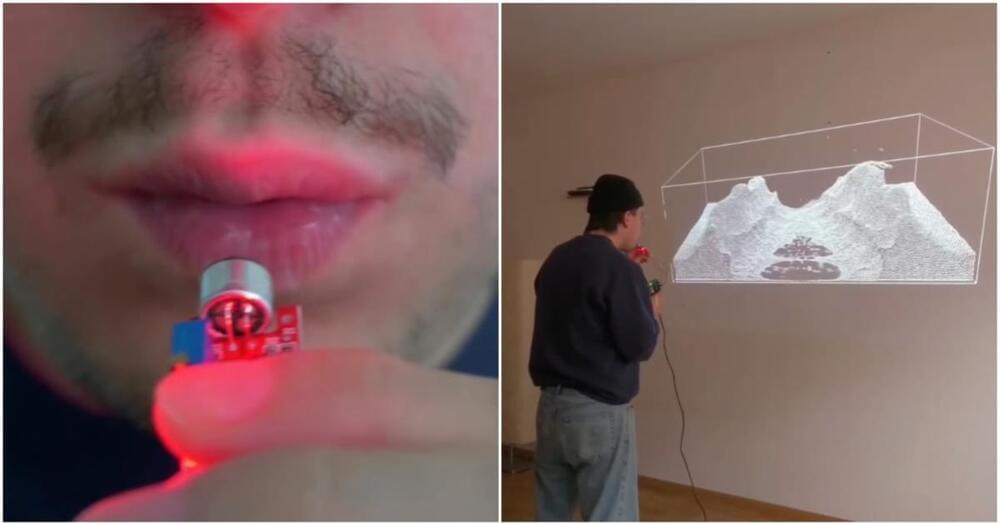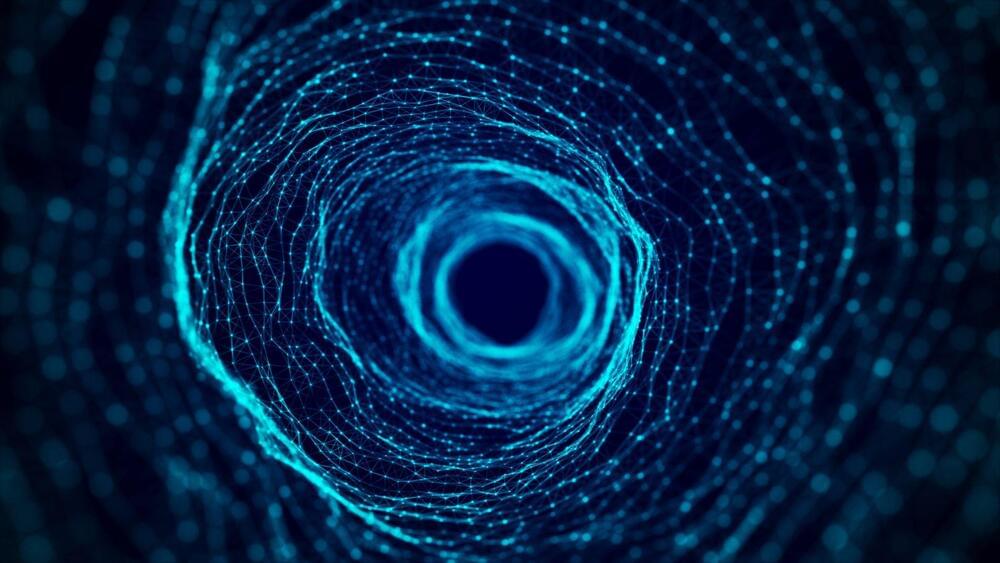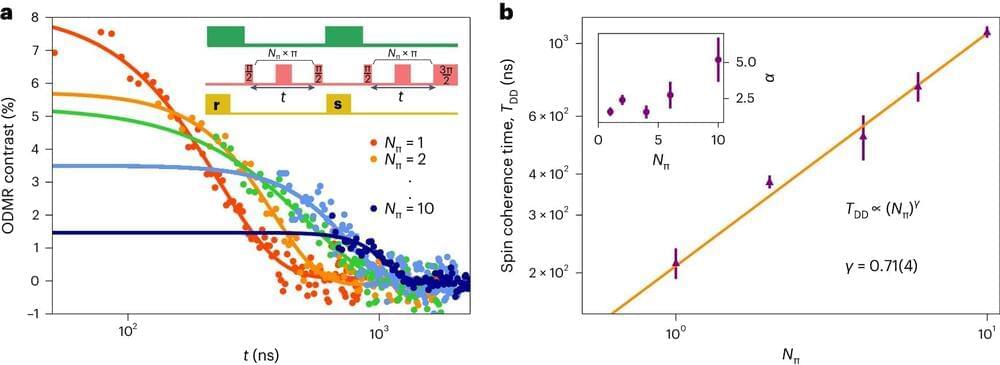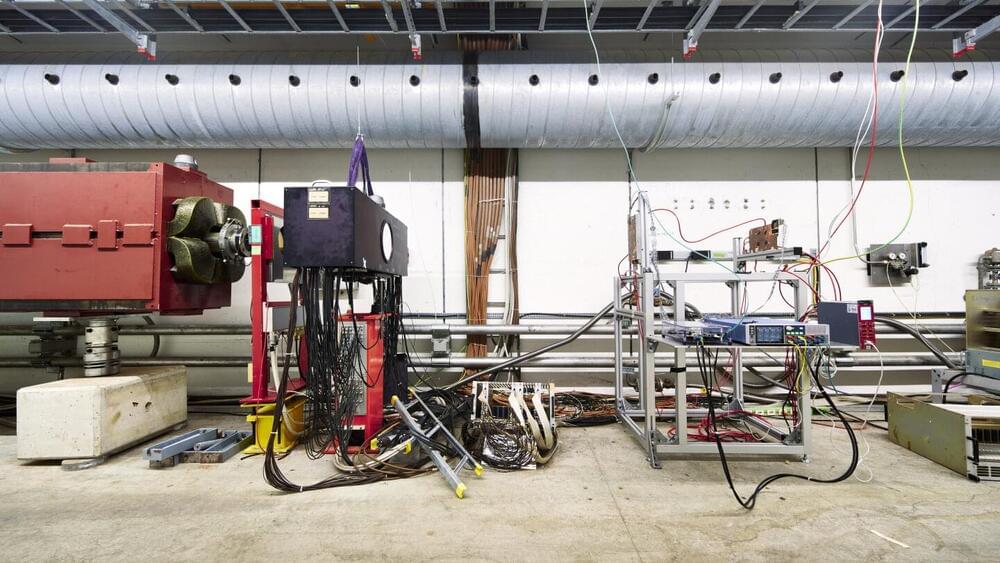
Inflation: The leading theory for the universe’s earliest moments, cosmic inflation, proposes that the universe underwent a brief period of exponential expansion an instant after the Big Bang. This process would have enlarged a minuscule volume of space to a tremendous size, much larger than our observable universe. Inflation neatly explains the flatness and uniformity we observe. But it also suggests that our entire observable universe is a tiny bubble in a vast inflated expanse.
Infinite replicas: If the universe is truly infinite, then everything that occurs within our observable universe must recur an infinite number of times beyond our cosmic horizon. The number of possible particle configurations in any finite volume is large but limited. In an infinite expanse, each configuration, no matter how unlikely, will be realized somewhere, and not just once but an infinite number of times. There would be infinite copies of our observable universe, infinite Milky Way galaxies, infinite Earths, and even infinite versions of you pondering this article. It’s a dizzying but inevitable consequence of an endless cosmos.
